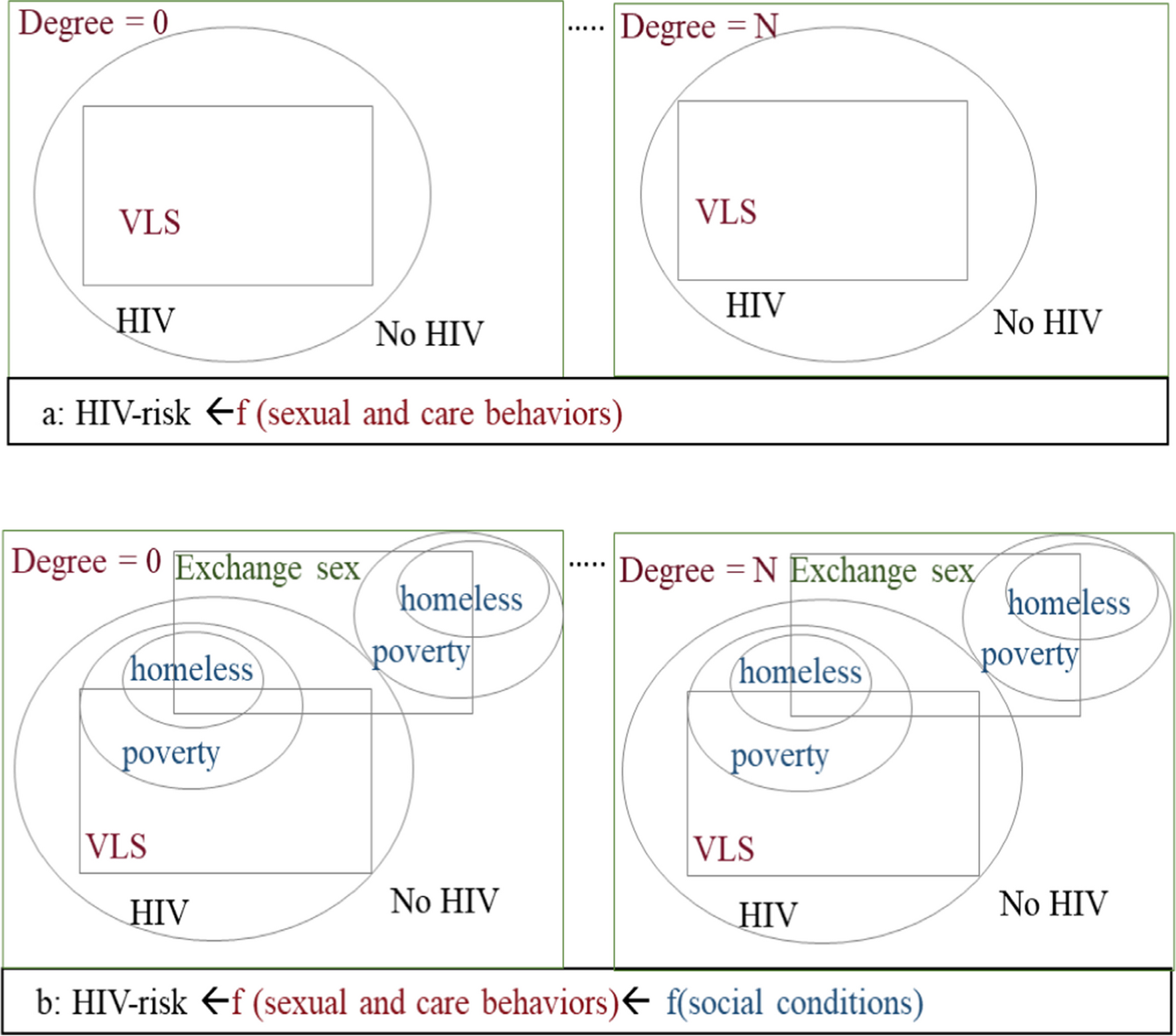2025-01-23 スウォンジー大学
<関連情報>
- https://www.swansea.ac.uk/press-office/news-events/news/2025/01/new-study-reveals-effective-strategy-to-counter-gambling-advertising.php
- https://onlinelibrary.wiley.com/doi/10.1111/add.16732
ギャンブル広告抵抗性に対する短期介入ビデオの効果: 無作為化オンライン実験研究の結果 The effect of a brief intervention video on gambling advertising resistance: Results of a randomized, on-line experimental study
Jamie Torrance, Alex M. T. Russell, Conor Heath, Philip Newall
Addiction Published: 14 January 2025
DOI:https://doi.org/10.1111/add.16732

Abstract
Background and aims
Gambling advertising is nowadays prevalent in multiple jurisdictions and can take multiple forms, such as TV adverts and social media promotions. However, few independently designed interventions for gambling advertising have been empirically tested. We aimed to measure the effectiveness of an inoculative intervention video for gambling advertising, which was developed based on previous interventions for alcohol and tobacco, and which used input from academics and experts by experience.
Design
Between-participants randomised online experiment.
Setting
UK.
Participants
UK-based gamblers aged 18–29 years (n = 1200) were recruited via Prolific.
Intervention
Participants either saw a novel inoculative intervention video (7.2 mins) aimed at increasing resistance against gambling advertising strategies (n = 595) or a neutral control video (7.2 mins) on healthy eating (n = 605).
Measurements
Participants completed pre- and post-test measures of gambling advertising scepticism and persuasion knowledge immediately before and after video exposure. They also answered the Problem Gambling Severity Index (PGSI) and reported their past-month engagement with gambling promotional offers. A random subset of participants (n = 797) recompleted these measures at one-month follow-up.
Findings
The intervention group’s post-test scores were statistically significantly higher than control for scepticism [estimated marginal means (EMM) = 40.32 vs. EMM = 34.72; P < 0.001, 95% confidence interval (CI) = 4.90–6.29, ηp2 = 0.17] and persuasion knowledge (EMM = 20.77 vs. EMM = 16.71; P < 0.001, 95%CI = 3.61–4.50, ηp2 = 0.21). One-month follow-up scores also remained statistically significantly higher in the intervention group compared with control for both scepticism (EMM = 38.26 vs. EMM = 34.73; P < 0.001, 95%CI = 2.70–4.36, ηp2 = 0.08) and persuasion knowledge (EMM = 18.63 vs. EMM = 17.21; P < 0.001, 95%CI = 0.88–1.95, ηp2 = 0.03). Within the intervention group, 21% of participants had stopped engaging with gambling promotional offers at one-month follow-up, reflective of a statistically significant reduction compared with control (EMM = 0.48 vs. EMM = 0.87; P < 0.001, 95%CI = -0.53 to -0.26, ηp2 = 0.04). Overall, the control group showed no statistically significant changes in any of their scores throughout the study period.
Conclusions
An inoculative intervention video appears to increase young gamblers’ resistance to gambling advertising and reduce their self-reported engagement with promotional offers.


